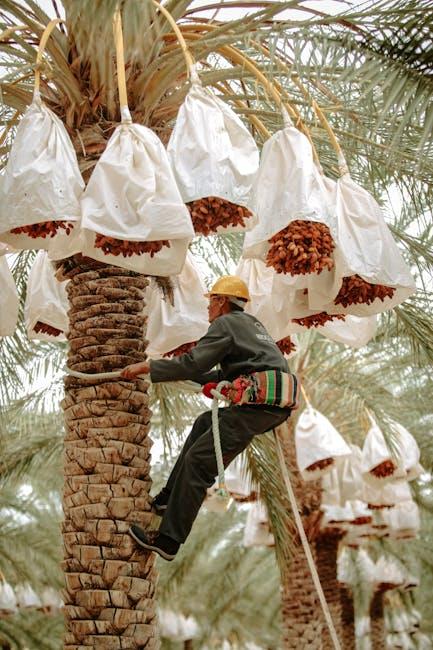Introduction:
Arborist reports play a crucial role in tree management, providing invaluable insights into the health and condition of trees within a property or development project. These reports are detailed assessments conducted by certified professionals known as arborists, who specialize in tree care and maintenance. By evaluating factors such as species, age, overall health, and structural integrity, arborist reports not only help property owners make informed decisions regarding tree preservation and maintenance but also contribute to the overall health and sustainability of urban forests. In this article, we will explore the significance and value of arborist reports in tree management, drawing insights from expert resources such as a guide to preserving trees in development projects[1] and the importance of these reports highlighted in the context of the Capital Asset Value for Amenity Trees (CAVAT) method[3].
Arborist reports are essential tools in tree management, providing valuable insights into the health and safety of trees on your property. These reports are crucial for assessing tree health, identifying potential risks, and determining the best course of action for tree care and maintenance. [1]
Key components of an arborist report typically include detailed information on the tree species, its health status, structural integrity, and any existing risks that the tree may pose. Utilizing arborist reports can help property owners make informed decisions about tree maintenance and preservation, ensuring the longevity and safety of their trees. [2]
Interpreting recommendations from arborist reports is crucial in implementing effective tree management practices. Regular arborist reports provide ongoing monitoring of tree health, helping to detect early signs of disease or structural issues. By adhering to the recommendations outlined in these reports, property owners can prevent potential hazards and maintain the overall well-being of their trees. The benefits of regular arborist reports in tree care cannot be overstated, as they form the foundation for proactive tree management and preservation. [3]
Q&A
Q: What is an arborist report?
A: An arborist report is a written assessment of a tree conducted by certified arborists or experts. It typically covers the tree’s health, identifies any issues present, and provides recommendations for management or care.[1] [2]
Q: When is an arborist report required?
A: An arborist report is generally required when construction activities are proposed within a certain distance from a protected tree, usually within 10 times the trunk size. This requirement ensures that proper measures are taken to preserve the trees during construction.[3]
Q: Why are arborist reports valuable in tree management?
A: Arborist reports are valuable in tree management because they provide a detailed and professional assessment of trees and vegetation. These reports help in monitoring the health of trees, identifying any issues early on, and implementing appropriate care and maintenance strategies to ensure the long-term health and safety of the trees.[2]
Conclusion
In conclusion, arborist reports play a crucial role in effective tree management by providing detailed assessments of tree health and condition. These reports offer valuable insights into tree species, age, risks, and necessary interventions, enabling informed decision-making for property owners and managers. By understanding the importance of arborist reports, individuals can better preserve and care for trees in their environments. For more information on the significance of arborist reports in tree management, refer to the resources provided in this article.[1][2]
Simpsons Tree Services, Servicing Melbourne’s North Eastern Suburbs
Book a quote online at www.simpsonstrees.com.au




